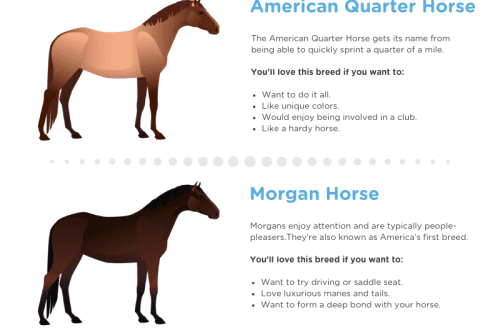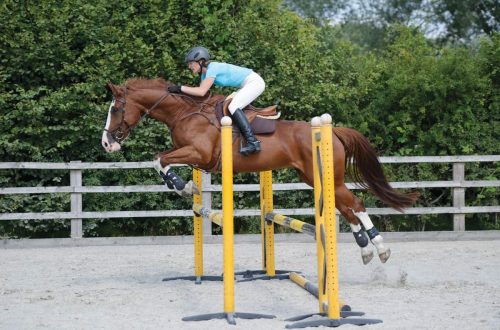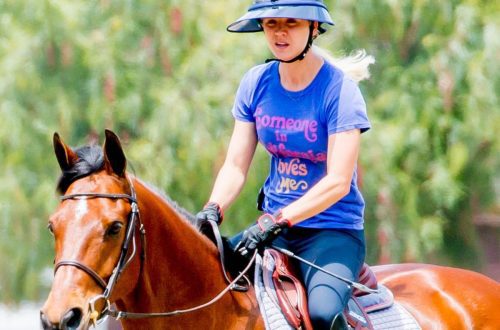
Who said small horses are less productive?
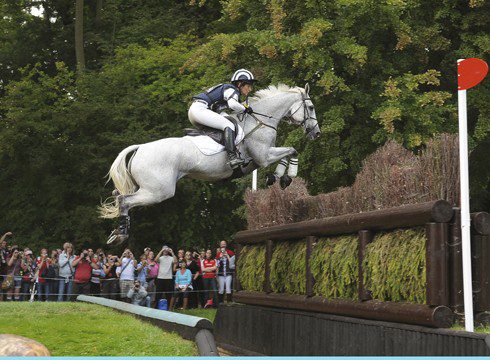
Caroline Powell и Lenamore/ photo: www.horseandhound.co.uk.
As a child, I remember staring intently at the TV or computer screen, where a miniature Lenamore hovered over the huge barriers of the toughest triathlon tracks with Caroline Powell. He was only 155 cm tall, but he showed such agility and tenacity that I had never seen before – his spirit was larger than his body. Perhaps it was Lenamore that sparked this interest in me: since then I have always admired small, but at the same time, strong horses in equestrian sport.
Over the years, I, like many others, was involved in the world of show jumping and big horses – tall, tall warmbloods, which we so often see paired with famous athletes in our time, and this has become the norm for me. I started asking myself why? Why do we all marvel at the exploits of small horses (such as Theodore O’Connor, Lenamore and past racing legends like Seabiscuit) and then continue to ride warm-blooded giants? What makes riders prefer tall, large horses, and is this choice justified?
As a horse breeder, I contend, although it sounds like a joke, I have come across a situation where breeders tried to breed a horse above a certain height in order to meet the demands of an equestrian audience. Thus, small horses can be culled at a young age before they can prove their worth.
It seems to me that we are predisposed to believe that large horses are beautiful, powerful, more likely to be successful in sports. We have all seen a lot of equestrian ads on Facebook, which clearly state “not less than 165 cm”. While this is a reasonable requirement for tall riders, are large horses the best choice for shorter riders?
Height: necessity or preference.
Out of curiosity, I worked with the Noellefloyd.com team and conducted a survey among their readers. My hunch was confirmed – 57% of respondents said they prefer large horses. They gave all sorts of reasons for their preference: that they feel more comfortable and safe, that they see the distance better on the rides, and simply that they find these horses to be stronger. “I feel safer on bigger horses and have more confidence in them,” said one rider. “Also, I think it’s easier for big horses to jump high hurdles, they just have more energy to do it.” Only two riders explained their choice by the fact that they themselves are tall and simply feel more comfortable on big horses.
Riders who preferred smaller horses reported that they were easier to control, more agile, and easier to handle. One response was: “they have a better feel when jumping over high obstacles, and they give more for the rider.”
To better understand this issue, I corresponded with a woman with unique experience who can speak on this topic both as a rider and from a biomechanical point of view, commenting on the rationality of choosing a large or small horse. Katie Preston is a veterinarian and amateur triathlon rider. She performs at the 5* level on her main horse Templar Justice, which is 154 cm at the withers. For herself, Katie prefers small horses: “Maneuverability is the most important thing. It is easier for small horses to help you out in a difficult situation.”
Small horses with a rich history.
Long before the advent of equestrianism in its modern form, small horses have influenced history many times. Many people think that fearless horses galloping across the battlefield must necessarily be large, however, you should be very surprised to learn that Copenhagen (Wellington’s famous war horse) was about 154 cm at the withers, and Napoleon’s Marengo horse is only 145. In modern In equestrian sports, short horses have also proven their ability to be strong enough:
1. Stroller, 143 cm at the withers, riding Marion Coakes-Mould, won silver at the Olympics and won the Hickstead Derby (!) and retired at 21 years old.
2. Lenamore, 154 cm at the withers, competed with Caroline Powell. He won the Burghley at the age of 17, had 7 successes at Badminton, 6 times at Burghley and won bronze at the Olympics, and retired at 20.
“He was so difficult to work with, but he was unique,” Caroline told the Equiratings podcast. “He loved to jump, I have a photo of him jumping the Cottesmore leap at Burghley, I think it was in 2005 and I remember him pushing him. In his entire career, he has never had to be shown to veterinarians, with the exception of brooding and vaccination. I think one of the reasons he had such a long successful sports career is that he was confident in himself, he knew exactly what to do. He was an inimitable horse.”
3. Cedric, 154 cm, competed with Laura Kraut, competed in 80 5* tournaments and won team gold at the Beijing Olympics, retired at 19.
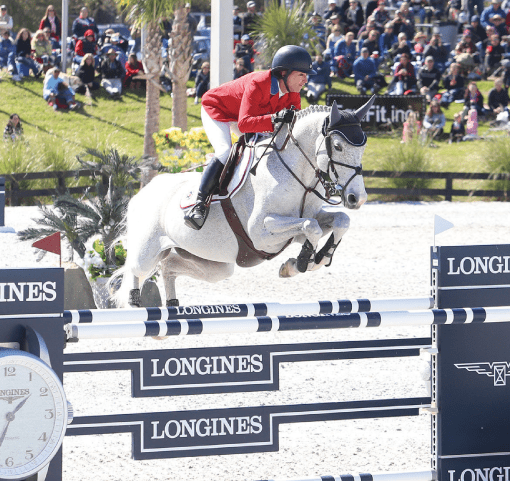
Cedric and Laura Kraut.
“He jumped like a doe. It was so light that it did not feel the push and landing, ”Laura said about her experience with Cedric in an interview with The Chronicle of the Horse.
4. Theodore O’Connor, 143 cm, paired with Karen O’Conner won team and individual gold at the Pan American Games, and also took honorable 3rd and 6th places twice at the 5* tournament in Kentucky.
“He always fought to the end. He had amazing jumping qualities, diligence, besides, he was very quick-witted. He had excellent conformation and was very intelligent,” says Max Corcoran, Teddy’s groom.
Are smaller horses really more reliable?
Most of us are not going to compete in 5* show jumping or eventing. So are low horses suitable for ordinary riders?
They often have better health and longer life spans—qualities that are important to us all. Scientists also argue that small horses have their advantages. In 2009 Dr. Sue Dyson and Dr. Rachael Murray conducted a study in which they examined the risk of lameness in dressage horses and concluded that (despite many other factors being considered) horses over 165 cm at the withers are 15% more likely than horses under 160 see, suffered from diseases of the musculoskeletal system. In the same year, another study on limb conformation and longevity in sport, in which 23 warmblood horses took part, showed that tall horses had a shorter life in sport compared to their shorter counterparts.
Equine biomechanics expert Dr. Hilary Clayton, has the same point of view, explaining that small horses are healthier and live longer due to their ligamentous structure. “When a horse grows, its weight increases in proportion to growth in a ratio of 1 to 3, while the strength of ligaments and tendons grows only in a ratio of 1 to 2. This means that the weight of the horse grows out of proportion with the strength of the connective tissues of the musculoskeletal system that should support the body.” Thus, tall horses do not always have strong ligaments and tendons that must withstand heavy loads, especially those that horses carry in sports.
In triathlon, perhaps the most physically demanding discipline in terms of endurance, there is currently a trend that taller horses, a large percentage of which are warmblooded breeds, have more difficulty covering cross-country distances and are potentially at greater risk due to high risk of limb injury. Warmblood horses are forced to approach their top speed more closely than the shorter, lighter constitution Thoroughbred counterparts, who are hardier and more productive.
So, finally, my theory was confirmed: short horses are competitive. Maybe if you’ve ridden giants all the time, it’s time to step away from stereotypes and wonder if it’s time to try something new. In most cases, small horses can be very productive, and at the same time they can be your partners for a longer period of time. In addition, very often the best gift is hidden in a small package 🙂
Source: Noellefloyd.com



